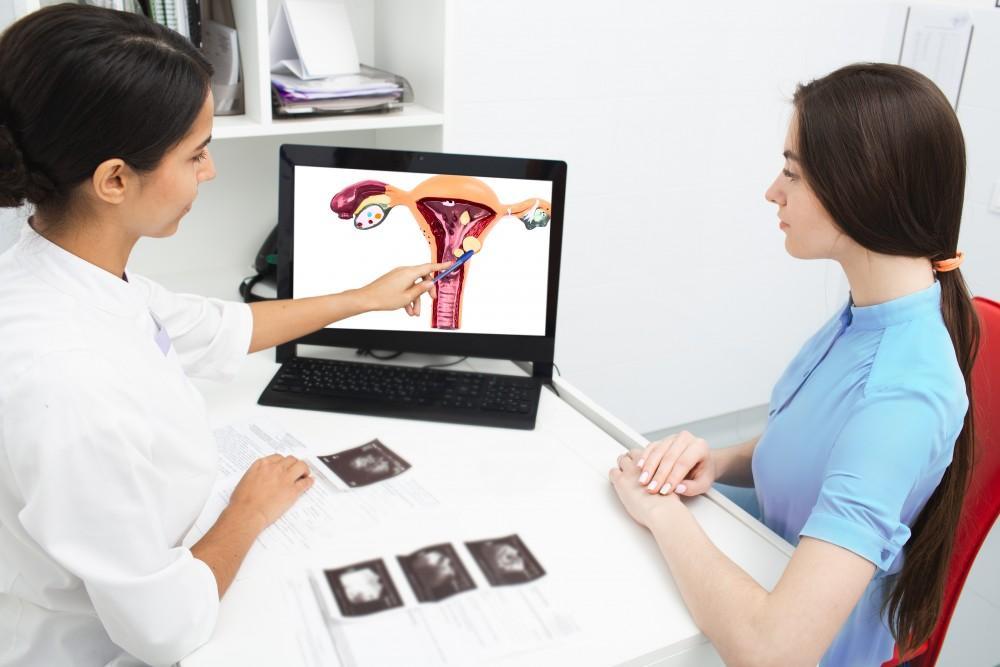
What to Expect From Your First 3D Mammogram
A mammogram is an X-ray of your breasts. It’s the best way to identify early...
Read MoreConsidering that the average American woman spends about 30 years of her reproductive life trying to avoid unintended pregnancy, it makes sense that there’s a wide range of available birth control options. For some women, the pill remains an ideal choice; for others, the vaginal ring or the contraceptive injection is more convenient or easier to manage.
But for women who are looking for a cost-effective, long-acting form of birth control that requires no day-to-day effort, works more than 99% of the time, and is completely reversible, nothing compares to the intrauterine device (IUD).
An IUD is a tiny, T-shaped device that’s inserted into your uterus to prevent pregnancy for as long as it remains in place. Although there are two distinct types of IUDs (hormone-releasing and copper-releasing), all IUDs are designed to block sperm so it can’t reach and fertilize an egg.
Hormonal IUDs increase their rate of effectiveness by releasing progestin, which promotes thicker cervical mucus to help block or trap sperm. Copper IUDs provide extra protection by releasing copper ions, which are highly toxic to sperm.
While fewer than 1% of women in the United States used an IUD in the mid-1990s, its consistent rise in popularity has made it the contraception method of choice for nearly 10% of women today. Here’s why.
IUDs are over 99% effective during the first year of use, meaning fewer than 1 in 100 women with an IUD becomes pregnant within the first 12 months of use. By comparison, birth control pills, the patch, and the ring are 91% effective, meaning about 9 in 100 women become pregnant while using these methods each year.
IUDs are also 20 times more effective over time than the pill, patch, and ring, largely because they take the user out of the equation. With an IUD, you don’t have to remember to change your patch on time or take a pill at the same time every day.
IUDs are so effective, in fact, that only two other forms of birth control have higher rates of effectiveness: permanent sterilization, which is 99.9% effective, and abstinence, which is 100% effective.
As a form of long-acting, reversible contraception, IUDs are designed to remain in place and be fully effective for several years. Depending on the brand you choose, a hormonal IUD protects against pregnancy for three to five years. Copper IUDs, which last longer, can keep you from becoming pregnant for up to 10 years.
Not having to think about contraception on a regular basis (as with the pill, patch, or ring) or just before intercourse (as with a condom or diaphragm) can be incredibly convenient, especially if you’re sexually active but aren’t planning to have a family anytime soon. Besides not having to rely on your partner to use a condom correctly, an IUD allows you to stay in the moment when you’re being intimate.
The long-acting nature of an IUD also makes it one of the most economical birth control options available. Even if your insurance doesn’t offer full coverage for your medical exam, insertion procedure, and follow-up visit, any cost you may incur is nominal when you consider the length of time your IUD keeps you protected.
IUDs may offer nearly the same level of protection against unintended pregnancy as surgical sterilization, but unlike permanent birth control, IUDs are completely reversible. Using an IUD doesn’t affect your ability to get pregnant in the future. In fact, if you decide to you’re ready to start a family, you can have your IUD removed and start trying to conceive right away.
To learn more about the benefits of choosing an IUD or to find out which type of IUD may be best for you, call one of our eight Florida offices in, 8, or book online. We have convenient locations in Orlando, St. Cloud, Altamonte Springs, Oviedo, Ocoee, and Celebration.




A mammogram is an X-ray of your breasts. It’s the best way to identify early...
Read More
About 1 in 10 women has ovarian cysts. These small growths form on your ovaries,...
Read More
If you and your partner have decided you’re ready to start growing your family, you’re...
Read More